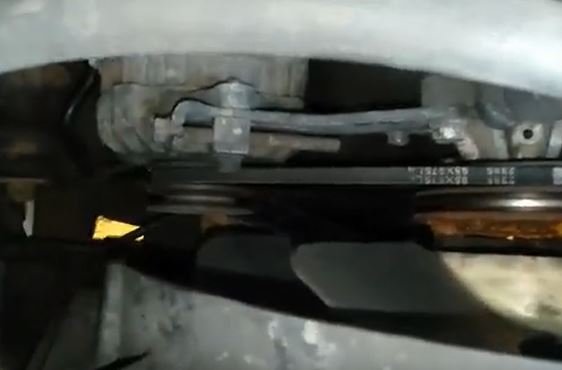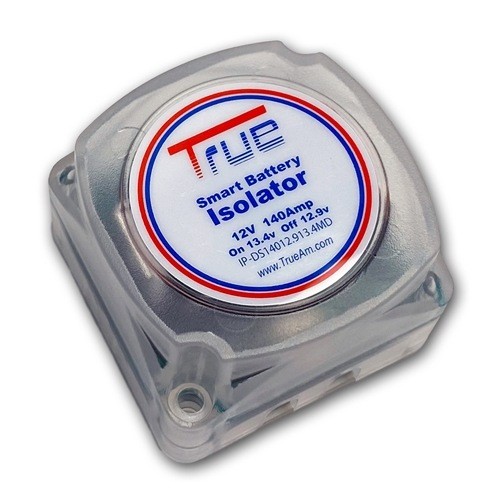Every 2 months i noticed that my alternator belt became lose. I presume this is because i have an old van. I drive Starex 2003 SVX and it has been 10 yrs already with me. Because it is old already, we seldom use that vehicle anymore. On first week of July 2024, we traveled from Minglanilla to Pinamungajan to pick up a copy of lot title. I was worried that it might produce belt loosening sound but it did not.

The alternator belt is performing good but my worries are still there so I look for online resources to help with the question about “how to tighten pulley on alternator of the vehicle? The travel distance from Mingla to Pinamungajan Cebu is 45 km with total travel hour of 1hr and 14 minutes. Since the travel is back to back and passing mountains, we spent 1000 pesos on diesel for traveling a total of 90km.
Tightening the pulley on an alternator usually entails altering the tension of the belt that powers the alternator. Here’s how to correctly tighten the pulley on an alternator:
-
- Safety first: Make sure the car is parked on a flat surface, the engine is turned off, and the keys are taken from the ignition. Disconnect the battery by detaching the negative connector to avoid electrical shocks or short circuits.
- Locate the Alternator: Open the hood to find the alternator. The alternator is often located at the front of the engine and is powered by a belt linked to the engine’s crankshaft.
- Examine the Belt: Look for any indications of deterioration, such as rips, tears, or fraying. Before tightening, the belt should be changed if it is broken.
- Loosen the Mounting Bolts: The alternator usually has two mounting bolts: an adjustment bolt on the bottom and a pivot bolt on top. To make the alternator move, loosen these nuts a little.
- Adjust the Belt Tension: To raise the tension on the belt, move the alternator away from the engine by applying pressure to it with a pry bar or other appropriate instrument. To make this operation easier, some cars come equipped with a tension adjustment bolt or a specialized tensioner tool.
- Verify the Tension: When you apply pressure to the belt halfway between the pulleys, it should only deflect by around half an inch (1.27 cm). An alternator that is too tight may experience excessive wear on the belt and alternator bearings, while one that is too loose may slip and result in poor alternator performance.
- Tighten the Mounting Bolts: After the belt is properly tensioned, firmly tighten the mounting bolts of the alternator. Tighten the pivot bolt after completing the adjustment bolt.
- Reconnect the Battery: Make sure the negative battery terminal is securely connected when you reconnect it.
- Start the engine and check the alternator and belt to test the installation. There shouldn’t be any sliding sounds or obvious wobbling while the belt is operating well.
- Check the Tension Again: Following a brief test drive, check the belt tension again and make any required adjustments. New belts have a tendency to stretch somewhat after first usage.
You should be able to correctly tighten the alternator pulley by following these procedures. It’s always preferable to get advice from a qualified mechanic if you have any questions or concerns regarding the procedure.




